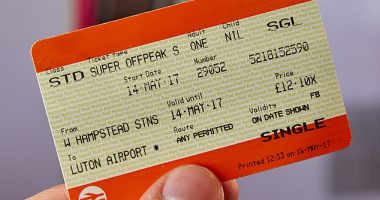
Try out a few different options over the next few months; set up the digital equivalent of the tin can and the kitchen drawer, being more mindful of spending and allocating money into a savings account if you can, and see what sticks.
Earmark windfalls.
In December, Congress passed a $900 billion relief bill that includes federal unemployment assistance and direct payments to individuals and families. Depending on your eligibility and family size, those dollars should be hitting your bank account soon.
For federal student-loan borrowers, payments had already been paused until January, and the Biden administration may yet provide more assistance. Plus you can soon file your taxes, which for some people may result in a refund of hundreds or thousands more.
Before you get used to the idea of the money sitting in your bank account, making it harder to part with, identify which one of your goals you plan to put the cash toward, and do so immediately. Not only will you jump-start your savings goal, but a burst of sudden progress will make the entire task seem more doable.
Where should you start? Sam Brownell, founder of the wealth advisory firm Stratus Capital Management, recommends your emergency savings fund, which experts say should contain enough to cover three to six months worth of essential expenses. Prioritize your savings before debt, he said. The relief bills offered help to homeowners and renters who can’t make payments, and even if student loan payments resume in February, you might apply for deferment or forbearance if you’re having trouble paying. Credit card debt can be, in effect, refinanced through a balance-transfer or a personal loan.
Having a chunk of cash in tow can be a beachhead against tough times.
Make it hard to cheat.
You can still slip up.
Digital walls are permeable and you can all too easily, say, raid your newfound savings for a last-minute post-vaccine getaway. Do that a few times too many and you’ll revert to your spendthrift instincts.
The key is to protect you from yourself. Meir Statman, a professor of finance at Santa Clara Universityin California, recommends making your savings functionally difficult to access.
Source: | This article originally belongs to Nytimes.com









